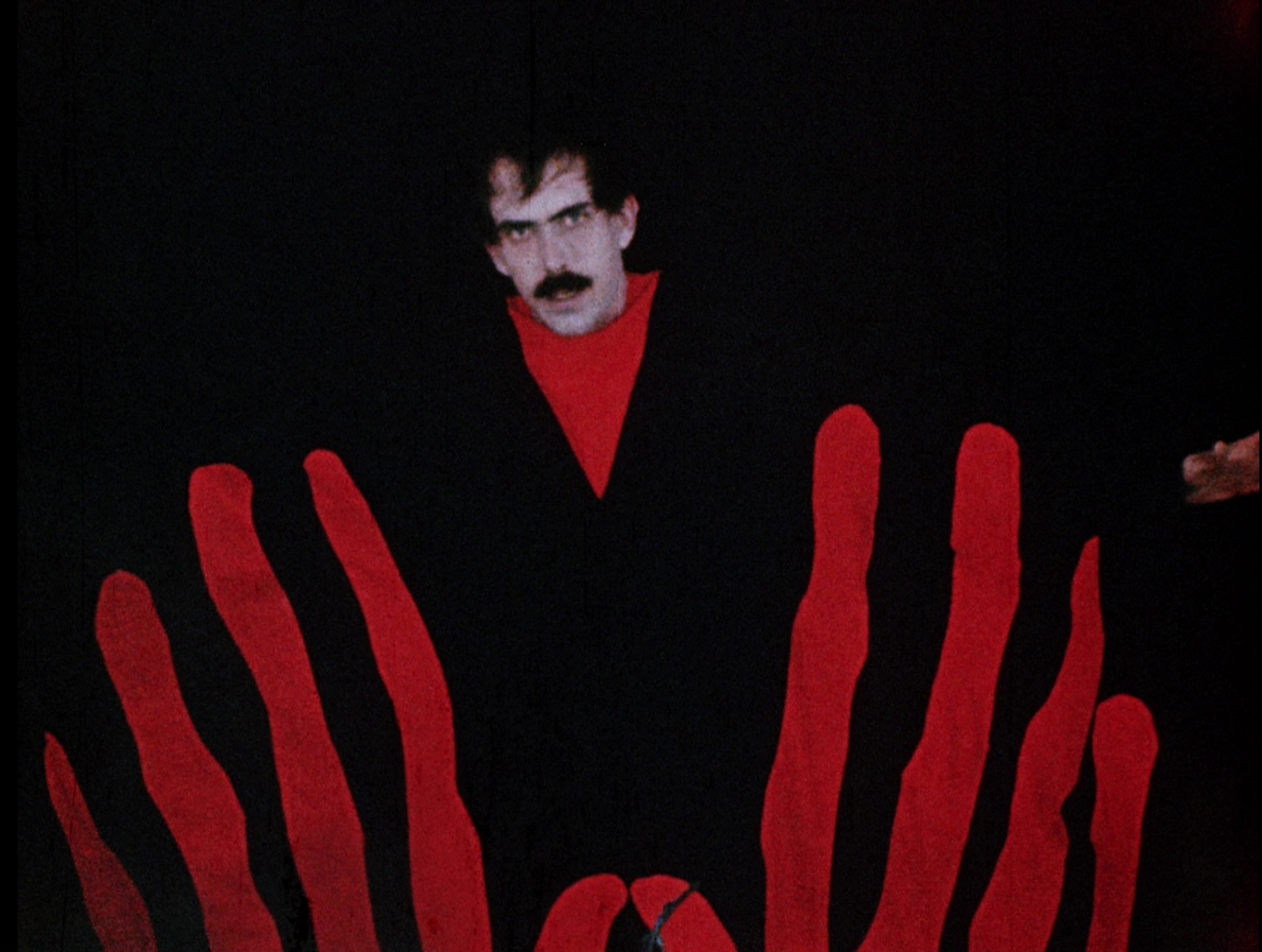


These companions all have their own mini story told through encounter cards as well, which is a neat little way to tie everything back into the core tabletop gameplay. The duel-wielding warrior Colbjorn, for example, allows players to add an extra dice if they fail to reach the required dice total for an encounter. On the tabletop, companions have abilities to help with some of these randomized mini-games. These companions act as aids in combat with special abilities such as a damage-reducing shield or by stunning nearby enemies. Players can choose from one of four different NPCs to accompany them on their journey. Luckily, the game threw us a bone with the addition of companions. So not only are we talking about card draw RNG, but now we have an additional layer of salt-inducing unpredictability on top of that.īe sure to stay hydrated to counteract all the extra salt this game brings with it. But depending on the encounter, this can sometimes be near impossible, leaving your fate up to randomness.
#THE HAND OF FATE HOW TO#
With practice, players can learn how to time their selections in these mini-games to obtain ideal results. There’s even the occasional mini obstacle course gauntlet, complete with spikes and fireballs. Different encounters can trigger several different mini-games: dice rolling, a spinning wheel of cards, a swinging pendulum, and a “magic trick” style choose-a-card game.

Hand of Fate 2 has also added much more variety in its tabletop gameplay to test your luck and timing skills. This ties into the inclusion of more weapon card variety, forcing players to think about their weapon choice both during deck building and on the tabletop.Ĭombat is only half the battle, though. Not to mention the occasional unique “boss” encounter, forcing you to think on your toes as you learn their attack patterns. The big Northern brutes are susceptible to one-handed weapons, while the shield-bearing Empire soldiers are best countered by bashing them with heavy weapons. There are several different enemy types, each of which belongs to a “clan” with their own strengths and weaknesses. It’s not just the combat system itself that’s changed – enemy variety has also undergone some much-needed improvements. For the most part, the combat is clean, fair, and enjoyable, but the occasional hiccup can be extremely frustrating when every hit point matters. I found that in some arenas, the field of view was also a bit restricting, making it hard to see where all of your enemies even are. Or for whatever reason, two enemies attack at once but you can only properly respond to one of them. Sometimes enemy animations get interrupted yet they attack anyways, leaving you no time to adjust. Hand of Fate 2 has added more explicit indicators for when you should be dodging versus blocking, though not always accurately. You jump from enemy to enemy, blocking and dodging attacks when prompted while building up your combo points to unleash a powerful ability. Hand of Fate uses a third-person hack-and-slash, free-flow style of combat akin to the Arkham video games. Perhaps the most notable change is in the game’s combat system. An improvement for sure, but still not enough to add any real character attachment or connection.
#THE HAND OF FATE SKIN#
You can now customize your character, though your options are limited to preset skin colors, genders, and basic color schemes. The games art style and aesthetic have remained the same, but the graphics and animations this time around are much smoother and cleaner. While Hand of Fate 2‘s core gameplay is the same as the first game, the sequel makes some much-needed improvements.


 0 kommentar(er)
0 kommentar(er)
